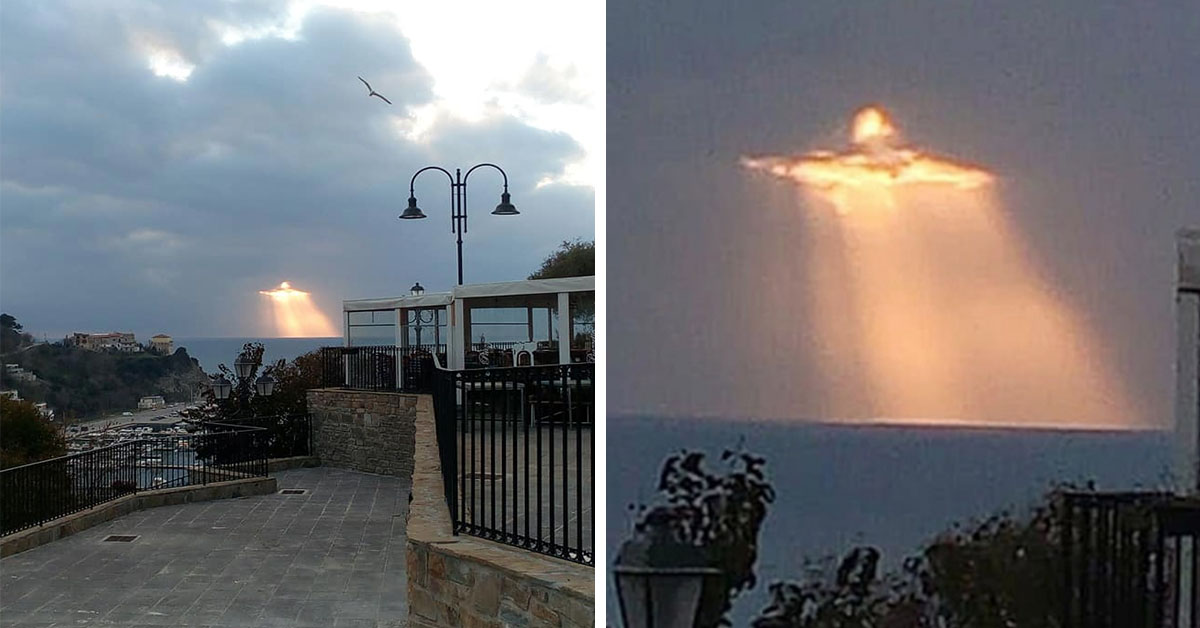✝عیسی مسیح✝
✝Jesus Christ✝✝عیسی مسیح✝
✝Jesus Christ✝بسیاری عیسی را با وجود تحقق پیشگوییها رد میکنند، ولی او در نظر خدا پرارزش است
بسیاری عیسی را با وجود تحقق پیشگوییها رد میکنند، ولی او در نظر خدا پرارزش است. چنانچه

Jesus Christ-عیسی مسیح

-Interesting Facts about Jesus-
Jesus started his ministry when he was about 30 years old
Numbers 4:3 tells us that a man must be at least 30 years old to hold the office of priest. Interestingly, this is about the age Jesus was when he kicked off His ministry:
“Now Jesus himself was about thirty years old when he began his ministry” (Luke 3:23).
...
To teach messages that would have a direct and lasting impact, Jesus often used stories called parables. Sometimes the point of Jesus’ stories were obvious, but there were occasions where His parables were unclear and vague. The disciples were troubled by this:
“The disciples came to him and asked, ‘Why do you speak to the people in parables?’
He replied, ‘Because the knowledge of the secrets of the kingdom of heaven has been given to you, but not to them. Whoever has will be given more, and they will have an abundance. Whoever does not have, even what they have will be taken from them. This is why I speak to them in parables:
‘Though seeing, they do not see;
though hearing, they do not hear or understand’” (Matthew 13:10–13)






Interesting Facts about Jesus
Many modern representations of Jesus portrayed Him as an emotionless zen-like figure. But the gospel writers give us a glimpse of a passionate Savior. Throughout the gospels, we see Jesus:
Flip over tables (Mt. 21:12–13)
Cry (Lk. 19:41–44, Jn. 11:35)
Show compassion (Mt. 9:36–38, 21:12; Mk. 1:41
Imagine if your entire spiritual welfare depended on how well you knew the book of Deuteronomy! When Satan tempts Jesus in the desert, He answers every enticement with a passage from this one book from the Pentateuch.
Jesus had fasted for 40 days and was nearing starvation. When the devil lures Him to use his power to make stones into bread, Jesus responds with a quote from Deuteronomy 8:3: “It is written: ‘Man shall not live on bread alone, but on every word that comes from the mouth of God.’” (Matthew 4:4)
Next, Satan tempts Jesus to prove His uniqueness by throwing Himself off the temple. The devil reminds Jesus that God won’t allow Him to fall. This time, Jesus pulls a quote from Deuteronomy 6:16: “It is also written: ‘Do not put the Lord your God to the test.’” (Matthew 4:7)




Interesting Facts about Jesus
Jesus refers to God as “father” in his prayers
All of Jesus’ prayers demonstrate a deep and abiding relationship with God. When He spoke to God, He used the word Abba—the most familiar word for father.
“So they took away the stone. Then Jesus looked up and said, ‘Father, I thank you that you have heard me. I knew that you always hear me, but I said this for the benefit of the people standing here, that they may believe that you sent me.’
When he had said this, Jesus called in a loud voice, ‘Lazarus, come out!’” (John 11:41–43, NIV)
Going a little farther, he fell with his face to the ground and prayed, “My Father, if it is possible, may this cup be taken from me. Yet not as I will, but as you will.’” (Matthew 26:39)
“Jesus said, ‘Father, forgive them, for they do not know what they are doing.’ And they divided up his clothes by casting lots.” (Luke 23:34, NIV)
It’s hard to think of a more dramatic miracle than raising someone from the dead. The gospels record three times that Jesus performed this feat:
The widow of Nain’s son (Luke 7:11–17)
This is the first resurrection Jesus performed. As He approached the town of Nain, He met a funeral procession coming out. In the coffin was a young man, and Jesus’ heart went out to man’s mother. She was a widow, and this was her only son. Jesus spoke to the man in the coffin, “Young man, I say to you, get up!” He turned the whole town’s mourning into dancing.
Jairus’ daughter (Luke 8:52–56)
Jairus, a leader of the synagogue, pushes through a crown to get to Jesus. He wants the Lord to come to his home and heal his sick daughter. While they were on their way, a member of Jairus’ household came to tell them they were too late. Jairus’ daughter had died. Jesus encouraged Jairus to have faith, and they continued to the synagogue leader’s home. When they arrived, Jesus raised the young girl.
Mary and Martha had sent word to Jesus that their brother was ill. Instead of rushing to Bethany to be with His friend, Jesus and the disciples stayed where they were for a couple of days. When Jesus finally decided to head to Bethany, the disciples warn Him against it. The last time they were in Judea, the Jews had tried to have Him killed. Jesus tells them that Lazarus has died. Upon their arrival, both Mary and Martha express their grief. Jesus promises that He is the “resurrection and the life.” At Lazarus’ tomb, four days after Lazarus has died, Jesus calls, “Lazarus, come out.” And Lazarus walks from his grave.
When Mary and Joseph presented Jesus in the temple, they met an older man named Simeon. The Holy Spirit promised Simeon that he would see the Messiah before he died. Prompted by the Spirit, he recognized Jesus. Taking the child in his arms, he thanked God for allowing him to witness God’s salvation.
Then he spoke to Mary, “This child is destined to cause the falling and rising of many in Israel, and to be a sign that will be spoken against, so that the thoughts of many hearts will be revealed. And a sword will pierce your own soul too” (Luke 2:34–35).
The last sentence of his prophecy proved true as Mary watched her son be crucified. Even in His agony, Jesus was concerned for the care of His mother, instructing John to care for her (John 19:26–27).
In Matthew’s gospel, we’re told that a sign is made that explains the charges against Jesus (27:36). John tells us that since the place where Jesus was crucified was near the city, “Jesus of Nazareth, the King of the Jews” written in Aramaic, Latin, and Greek (19:20).
In many works of art and crucifixes, the letters INRI appear on the sign. This comes from the first letters of the Latin inscription: Iesus Nazarenus Rex Iudaeorum.
Romans maintained power through intimidation.



